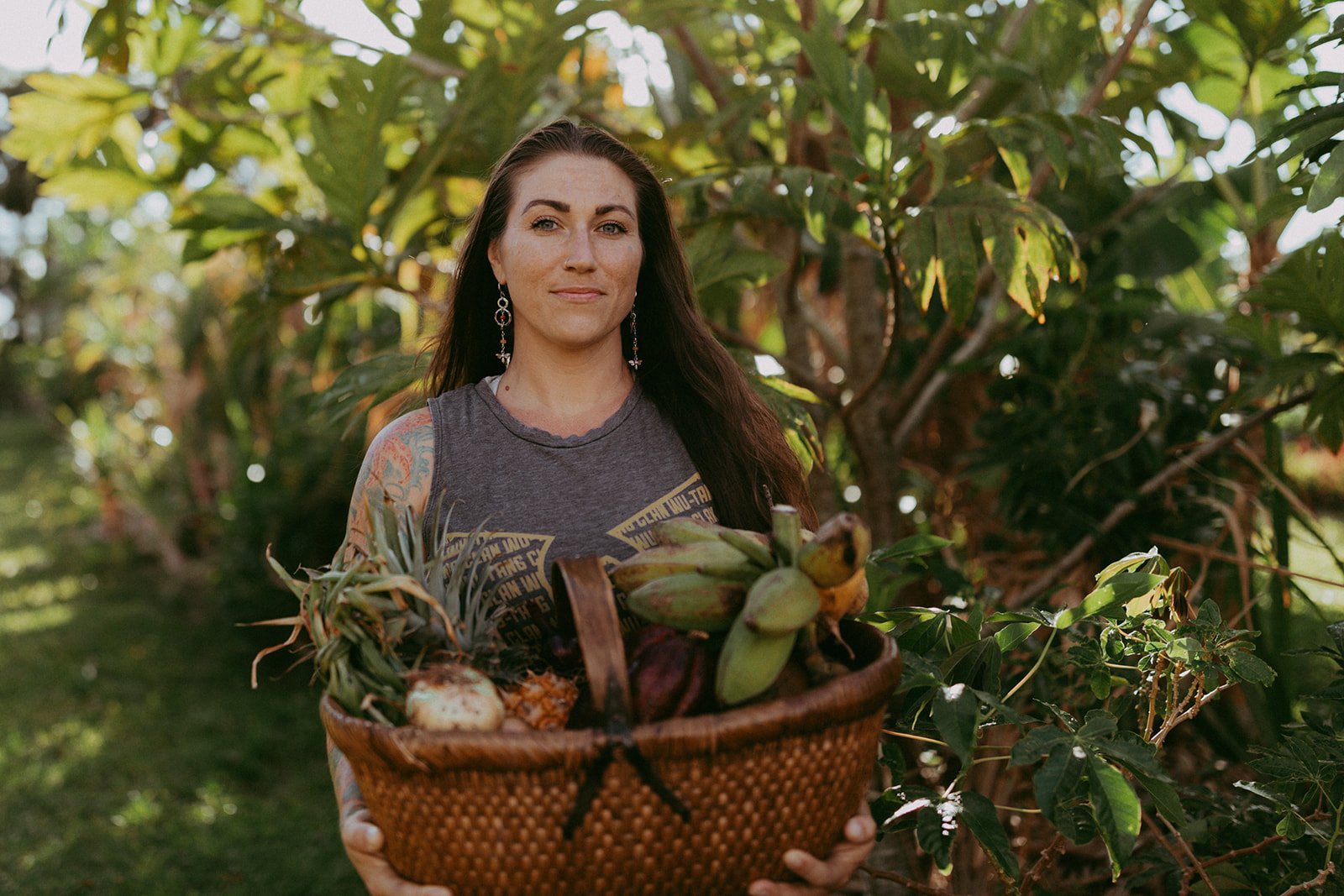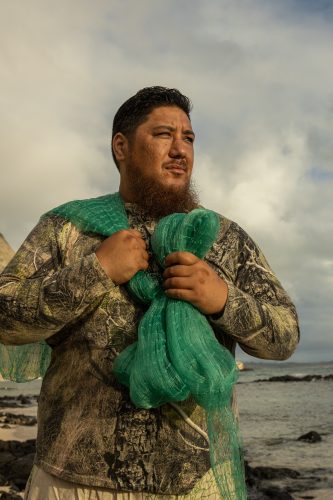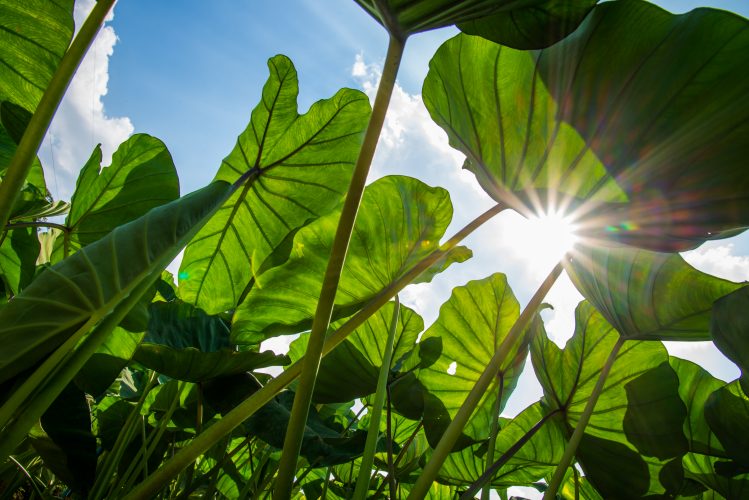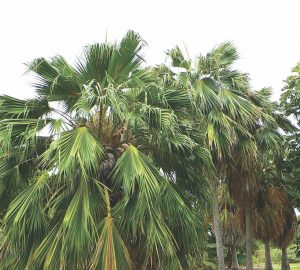
Feeding Hawai’i is a storytelling project about Hawai’i’s food system response and adaptation during COVID-19. Through one-on-one interviews, Lauryn Rego has been gathering narratives of the pandemic’s effect on stakeholders across our food system, and their tips on how we can grow resiliency as an island community.
My grandfather taught me how to plant enough food when I was only 2 years old. That’s the time you’ve got to teach them, give them one square foot of ʻāina, to keep planted and weeded. By the time I was 5, I had about 20 square feet. By the time I was 11, I had one acre. And by the time I was 16, 17, I had like 40 acres. If you can take care of one square foot, you can take care of two, eventually, you can take care of 44,000 square feet. You can take one acre.”
– Uncle George Kahumoku Jr., Kahumoku Farms
“Everybody should plant varieties of things and share. Community is the only way we get through anything. If you have a deck, grow herbs, zucchinis, cucumber, tomatoes in a container. If you have a yard, plant food. And then plant as much as you can grow and share with your neighbors. Support and check in on each other. True sustainability is when you can trade and barter back and forth with your neighbors.”
– Jennifer Karaca, Common Ground Collective


“There’s a separation between our ʻāina, our kūpuna, and ourselves. We have to reconnect. Every person, it doesn’t matter what race, color, or creed, we need to be connected to nature, connected to ʻāina and building strong relationships between food and its people. We need to be kind, humble, and patient because when you throw the seed in the soil, you’re not going to eat a salad tomorrow. It takes a generation to grow a tree to provide for the community. So we need a loving mindset. We need to be patient and start to build one stone at a time. One call at a time, one wall at a time, one banana at a time.”
-Kūʻike Kamakea-Ohelo, Maui Third Wave
If everyone would just start growing one thing that they like because that’s what stems the interest and the compassion for finding out more about your food system and where it comes from, and that leads to eating healthier and all of the things down the road. It gives you purpose again in life to be getting up every day and to be part of something greater than yourself. And it also gives you the opportunity to give something and share it with your neighbor, with your friend, with someone that’s been kind to you. It’s so healing on so many different levels.
– Emily Emmons, Ho`ola Farms


If I could boil it down to one thing for me, it’s that every child and young person feels a sense of purpose and joy in life. That comes from ensuring equity in education, through ʻāina based learning. Kids, when they grow food in a garden, they’re way more likely to try it; they will eat anything they grow. Through teaching gardening to children, I felt like I had found where the love lives in our world. It is in the garden with children.
-Lydi Morgan Bernal, Hawai’i Farm to School Hui
Visit feedinghawaii.org for more profiles.



